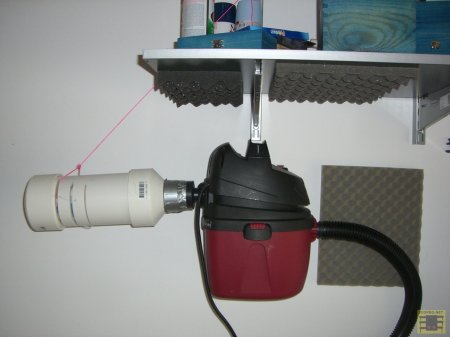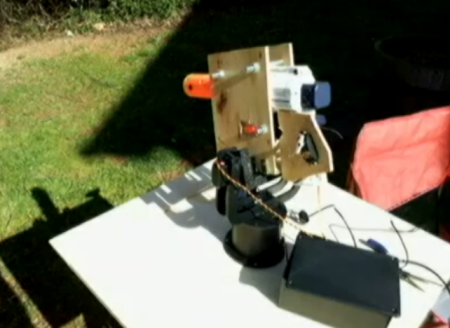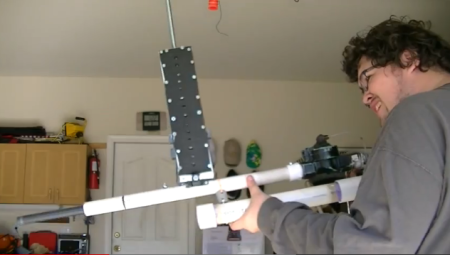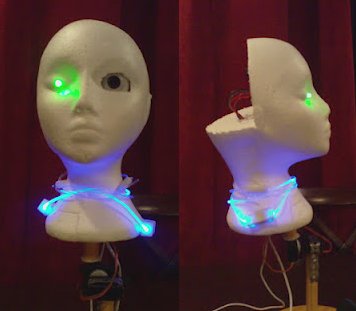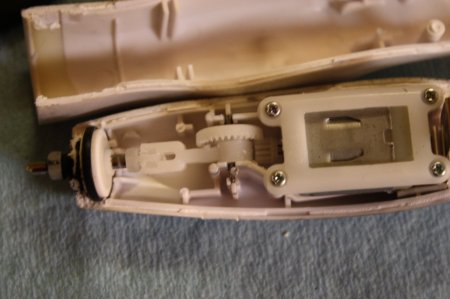Shop-Vacs are great tools, but they do have the notable disadvantage of being loud. Fortunately, much of the noise emanates from the exhaust, and with a muffler or “silencer”, this can be controlled. The results of my noise-recustion experiments were noticeable, reducing the noise by roughly 5.6 decibels. This may not sound like a huge improvement, but since the scale is logarithmic the sound intensity is actually cut by roughly two-thirds, according to this calculator.
As for how to actually make the muffler, I’ve outlined everything in this post. As of now, the Shop-Vac muffler is used in a static configuration, but with some changes it could be used on a mobile vacuum. The disadvantage of this reduction in noise is a slight reduction in suction, but it seems to be an acceptable trade-off in this situation – used for a little CNC router with this adapter.
For a video of the Shop-Vac in action with the CNC router in question, check out the video after the break. Note that this is pre-silencer, so you can definitely hear the vacuum noise! Continue reading “Noise Reduction Techniques For Your Shop-Vac”

